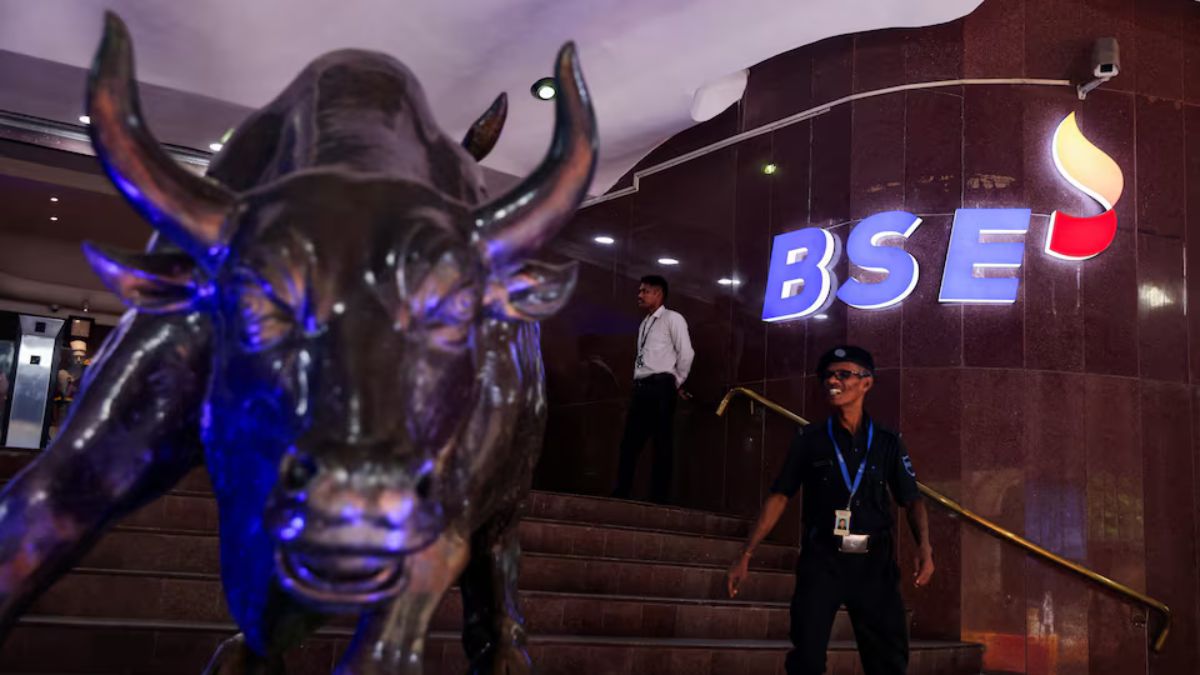For the first time since its inception, Sensex crossed the 75,000-mark on Tuesday (April 9) setting a new record for the Indian stock market. Analysts predict that the bullish trend will continue in the Indian stock market for at least a few more days.
The record-setting upward spree may get yet another boost from India’s robust economic outlook and an influx of retail investors.
On Tuesday, the 30-share BSE Sensex surged 381.78 points to reach its all-time peak of 75,124.28. The NSE Nifty advanced 99 points to hit its record peak of 22,765.30.
Interestingly, the Sensex has surged about 25 per cent in the last one year and is up by more than 26 per cent from its 52-week low of 59,412.81 which it hit on April 21, 2023.
Also, it took the Sensex 24 sessions to hit the 75,000 mark after hitting the 74,000-mark on March 6, this year.
In December, ICICIdirect in its strategy note suggested a Sensex target of 83,250 for December 2024.
Sensex breached 25,000-mark when Modi became PM in 2014
The 30-share Sensex took little less than a decade to surpass 75,000-mark from 25,000-mark which it breached in May 2014 after the general election results were declared in which the Bharatiya Janata Party (BJP) came to power with a resounding victory and Narendra Modi was elected as the Prime Minister of the world’s largest democracy.
Back on May 16, 2014, market sentiments rose as investors were expecting a stable government under the leadership of PM Modi, who was seen as an industry-friendly leader in the lead-up to the election.
Impact Shorts
More ShortsSensex crossed 50,000-mark in 2021
Sensex took almost four years to jump to the 35,000-mark. In 2019, with Narendra Modi and BJP retaining power at the Centre the index zoomed past 40,000 landmark on May 23.
Sensex jumped from 45,000-mark to 50,000 in mere 35 sessions.
The Sensex was also affected by the COVID-19 pandemic and massive stimulus measures during 2020. However, the market revived and made a massive comeback, jumping nearly 91 per cent in mere 10 months to breach the 50,000-mark, creating another milestone. On January 21, 2021, the Sensex ended at 50,127 points.
In the same year itself, the Sensex rose another 10,000 points to hit its 60,000 mark in September 2021.
It is worth mentioning that post- COVID, the Indian stock market has seen more gains than losses.
Sensex, created in 1986, is the oldest stock index in India and comprises 30 of the largest and most actively traded stocks on the Bombay Stock Exchange (BSE).
The term Sensex was coined by stock market analyst Deepak Mohoni. It is a portmanteau of the words ‘sensitive’ and ‘index’.
It was launched at a base price of 100 (base year 1978-79).
With inputs from agencies
)